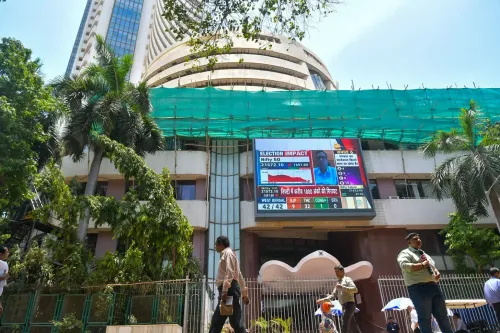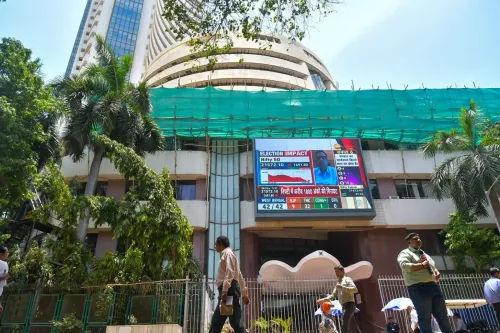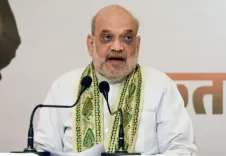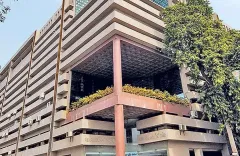Have the Semiconductor Sector and Infrastructure in NE Experienced Significant Changes Since 2014?
Synopsis
Key Takeaways
- Substantial growth in the semiconductor and education sectors since 2014.
- The PLI scheme has transformed the semiconductor industry.
- Infrastructure improvements have generated local employment.
- India is transitioning from an importer to an exporter of defense equipment.
- The NEP allows for flexible education paths for students.
Guwahati, June 11 (NationPress) There have been genuine and positive transformations in the semiconductor and educational sectors, along with a notable enhancement of infrastructure in the Northeast since 2014, according to IIT Guwahati Director, Prof Devendra Jalihal.
In an interview with IANS, marking the completion of 11 years of the Modi administration, Prof Jalihal emphasized the surge in research and production within the Indian defense sector, which has resulted in increased job opportunities and bolstered India's self-reliance.
"There is a significant and real improvement following the year 2014, when Modi ji assumed the role of Prime Minister. The changes are numerous and impactful," Jalihal remarked.
He pointed out that the production-linked incentive (PLI) initiative has been instrumental in transforming the semiconductor sector.
"A clear policy backed by financial assistance for this sector has emerged, beginning with PLI for electronic assembly and evolving into the design and manufacturing PLI, known as DPLI," the Director shared with IANS.
He highlighted the substantial boost to the semiconductor assembly and the testing segment, referred to as the OSAT industry, along with the establishment of semiconductor fabrication facilities, stating that this will create a plethora of skilled job opportunities for young people and initiate a semiconductor revolution in India.
Jalihal also underscored the Modi government’s concentrated efforts on infrastructure development in the Northeast.
"The advancements in railways, roads, air transport, and waterways in the Northeast are indeed transformative. This has generated employment for local youth and curbed large-scale migration from the region," he remarked.
Additionally, the Director emphasized the enhancement of research and manufacturing capabilities in the Indian defense industry.
"Transitioning from being a net importer of defense equipment, India is on the verge of becoming an exporter of weapons and armaments," he noted.
Jalihal also commended the Modi government for its efforts in revolutionizing the education sector through the New Education Policy (NEP) in higher education.
Referring to the policy as "a tremendous advantage for students," he pointed out that the NEP allows for the pursuit of two degrees concurrently.
"Students can progress at their own pace, with provisions for lateral entry and multiple exits. It has introduced a credit bank and credit transfer system, holding great potential to develop skilled manpower in India," Jalihal added.








